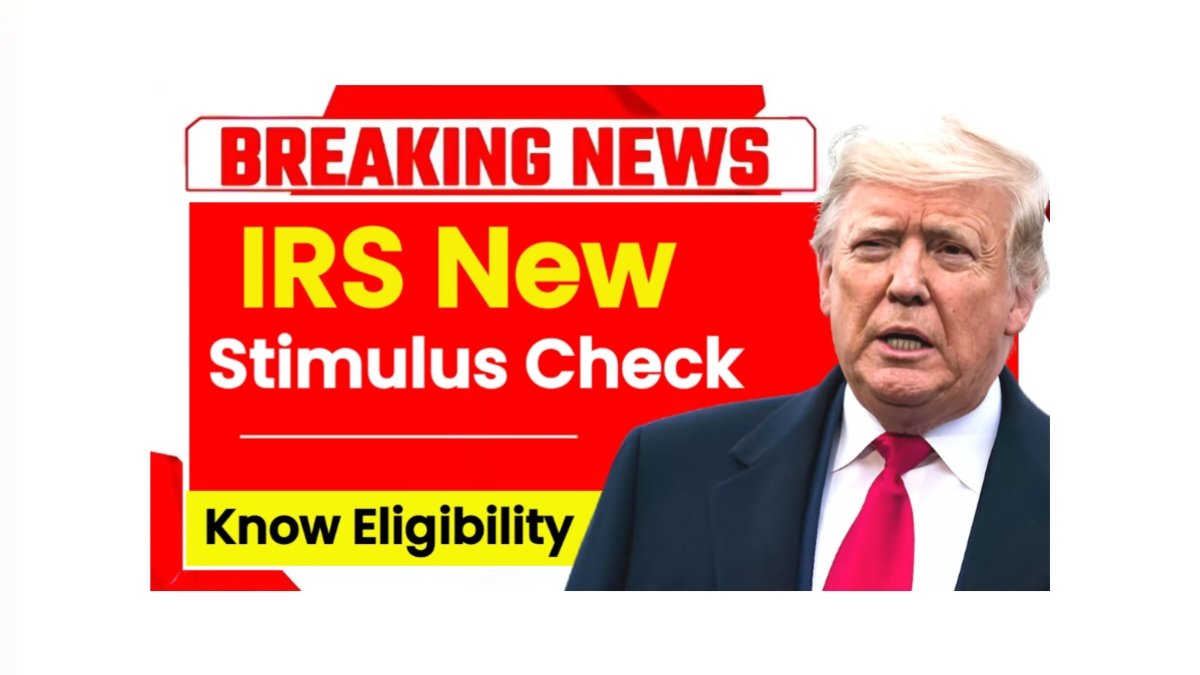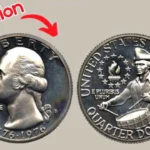$3,400 Relief Payment Set for 2025 – IRS Stimulus Update You Need to Know
In recent months, there has been growing talk about a new relief payment that could help many Americans in 2025. After years of dealing with high inflation, rising living costs, and the long-lasting effects of the pandemic, the government is planning to provide a new stimulus payment. This time, eligible individuals may receive up to $3,400 from the IRS as part of the financial support initiative expected to roll out in early 2025.
This payment could be a big relief for millions of people, especially those who are still recovering from financial struggles. In this article, we’ll break down everything you need to know about the upcoming relief check – who’s eligible, when it might arrive, and how to prepare for it.
Understanding the 2025 Relief Payment
The $3,400 payment is expected to work similarly to the previous stimulus checks given out during the COVID-19 pandemic. While official confirmation is still pending, early reports and leaks from economic policy discussions suggest that the new round of payments is designed to:
-
Support low and middle-income families
-
Provide economic stability during uncertain financial conditions
-
Stimulate consumer spending and help small businesses
This proposed relief effort is part of a broader plan to ensure the economy stays steady as the country moves into 2025.
Who Will Qualify for the $3,400 Payment?
Based on previous eligibility rules, this payment will likely be targeted at specific income groups. If you’re wondering whether you will qualify for the $3,400 check, here’s what you need to know:
-
Single individuals earning below $75,000 annually
-
Married couples earning below $150,000 annually
-
Heads of households earning below $112,500
-
Individuals who file taxes and have a valid Social Security Number
-
Some non-filers may also qualify if they meet the income and identity requirements
If your income is slightly above these thresholds, you might still receive a reduced amount.
Possible Payment Schedule
While the exact date is not confirmed, financial experts suggest that if everything goes as planned, the IRS could begin issuing payments by mid to late 2025. Most people may receive the payment through direct deposit, while others might get a paper check or a prepaid debit card depending on how they filed their taxes.
To receive your payment on time, it’s important to file your 2024 tax return early, make sure your banking details are up to date, and keep an eye on IRS announcements.
Overview Table: 2025 IRS $3,400 Relief Payment
| Feature | Details |
|---|---|
| Payment Amount | Up to $3,400 per eligible individual |
| Expected Release Date | Mid to Late 2025 (tentative) |
| Eligibility Income Limit | $75,000 for individuals, $150,000 for couples |
| Distribution Method | Direct deposit, paper check, or debit card |
| Tax Return Requirement | Must file 2024 taxes to qualify |
| Age Requirement | 18 years or older |
| Non-Filers | May be eligible with proper documentation |
| Agency in Charge | Internal Revenue Service (IRS) |
Why This Payment Matters
This new stimulus plan is more than just extra money in people’s bank accounts. It could have a wider impact on the economy as well. After years of struggling with prices going up and wages staying the same, many Americans are still trying to get back on their feet.
-
Families can use this money to pay off debts, buy groceries, or handle medical bills.
-
Seniors who live on fixed incomes may find this payment helpful for covering basic needs.
-
Younger adults or students can invest in their education or build an emergency fund.
Overall, it gives people some breathing room during tough times.
Steps You Can Take Now
Even though the payment is not official yet, here are some steps you can take now to make sure you’re ready:
-
File your 2024 taxes as soon as the IRS opens the window.
-
Double-check your direct deposit information with the IRS.
-
Sign up for IRS updates on their website for any new announcements.
-
Keep all documents that show your income, residency, and SSN ready.
-
Avoid scams by only following updates from trusted sources.
Common Mistakes to Avoid
Many people missed out on earlier stimulus checks because they either didn’t file taxes or their information was outdated. Here are a few mistakes to avoid:
-
Not filing taxes even if you don’t owe anything
-
Moving without updating your address with the IRS
-
Not checking your bank account or mail regularly
-
Falling for fake emails or websites claiming to issue stimulus checks
FAQs About the $3,400 IRS Stimulus
Q1: Will everyone receive the full $3,400 amount?
No, the amount will depend on your income level and tax filing status. People earning above the limit may receive a reduced amount or nothing at all.
Q2: Do I need to apply for the payment?
No application is needed. If you’re eligible and have filed your 2024 tax return, the IRS will send it automatically.
Q3: What if I didn’t file taxes in 2024?
If you don’t file taxes, you may miss out. However, certain non-filers may still qualify if they submit basic info through IRS portals when available.
Q4: Is this payment taxable?
No, the previous stimulus payments were not taxable, and the same is expected for this one, although official guidance will confirm this closer to the date.
Q5: Can I track my payment once it starts rolling out?
Yes, the IRS is expected to launch a tracking tool like they did in the past, where you can check your payment status online.
Final Thoughts
The $3,400 relief payment set for 2025 could be a much-needed lifeline for millions of Americans. While the program is still in development and not officially launched, it’s a good idea to start preparing early. Keeping your tax records updated and staying informed will help you avoid any last-minute issues.
Whether you’re struggling with bills, saving up for the future, or just trying to stay financially stable, this payment could make a real difference in your life.
Stay patient, stay prepared, and keep an eye on official updates from the IRS.














